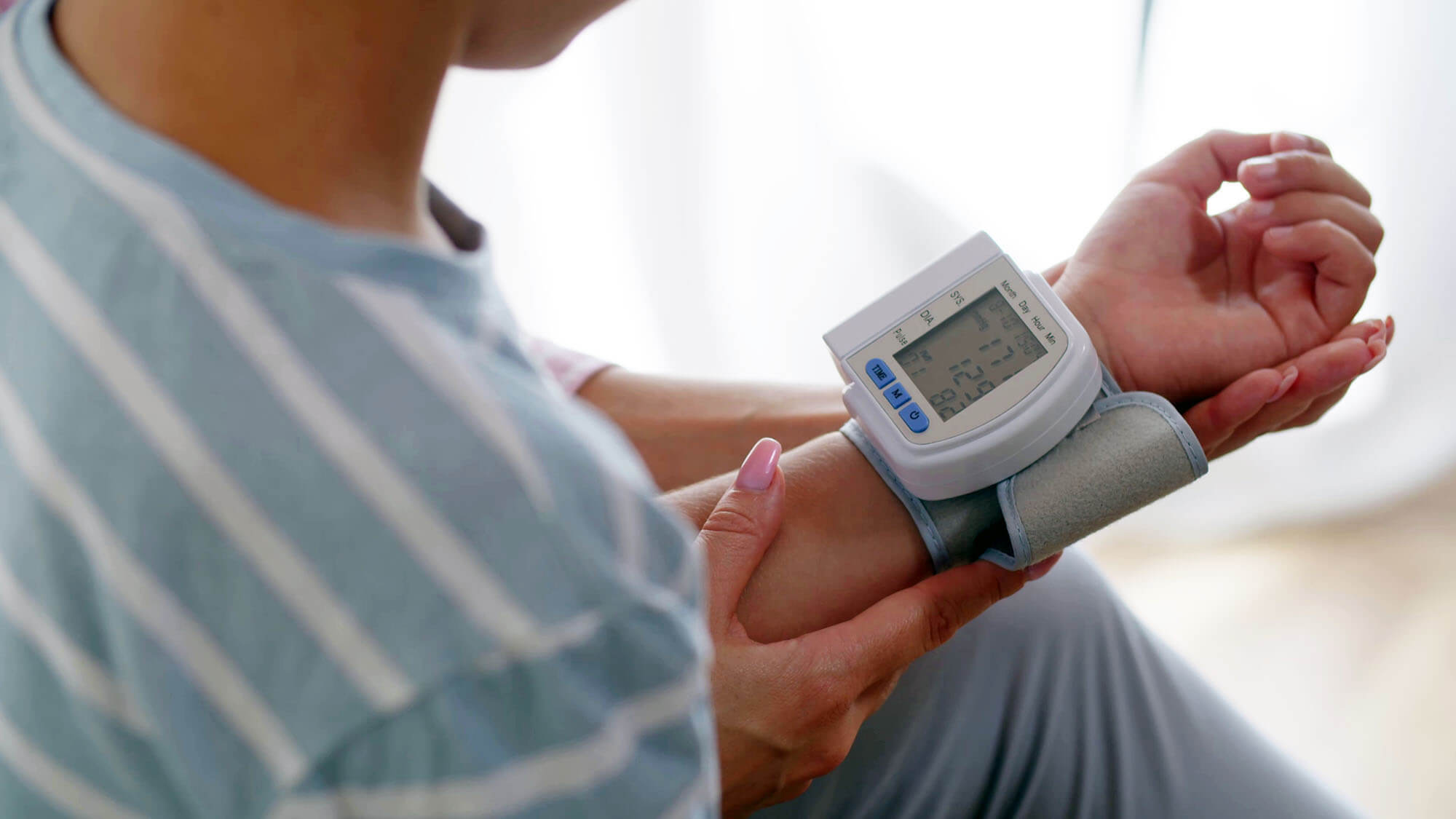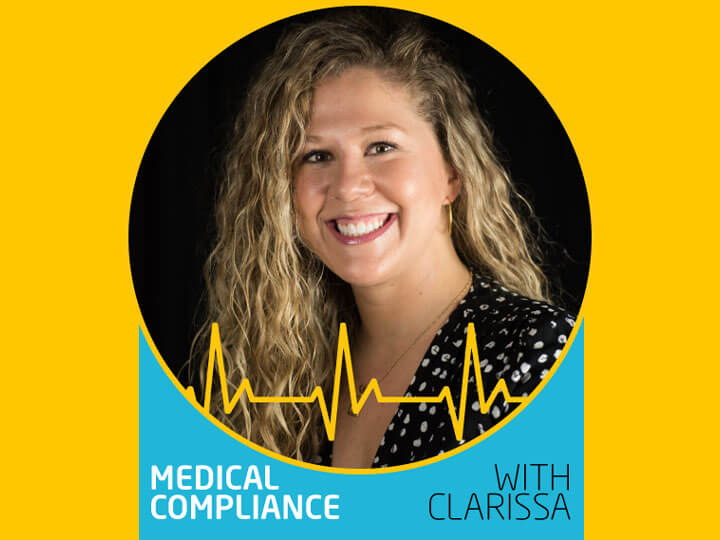Key Insights and Best Practices for Prop 65 Compliance of Medical Devices

09 Oct 2025
A Practical Guide to Staying Ahead of California’s Prop 65 Requirements
California’s Proposition 65 (Prop 65) is a critical regulation affecting medical device manufacturers who want to sell their products in California. Understanding Prop 65 requirements, chemical testing, and labeling regulations is essential to ensure compliance and avoid costly penalties. This article explains how Prop 65 impacts medical devices, common listed chemicals, and strategies for compliance.
What is Proposition 65 and Why It Matters for Medical Devices
Prop 65, or the Safe Drinking Water and Toxic Enforcement Act of 1986, requires businesses to provide a clear warning label if their products expose users to chemicals known to cause cancer or reproductive harm. The list currently includes about 900 chemicals, including lead, cadmium, phthalates, BPA, and more. Medical devices sold or distributed in California must comply with Prop 65, regardless of U.S. Food and Drug Administration (FDA) approval or intended medical use. Non-compliance can lead to enforcement actions, fines, and reputational damage.
A warning label is required if any listed substance is present in a product and poses a potential exposure risk during normal use. These labels typically read: "This product contains a chemical known to the State of California to cause cancer or reproductive toxicity."
If labeling is required, the warning must be visible before the point of purchase. For consumer-facing products, this typically means including the warning on the outer packaging. For products sold in clinical or hospital settings, the label should be visible at the procurement stage but does not need to remain on the device during use.
Applicability to Medical Devices
Prop 65 applies broadly and includes medical devices. Even if a device is FDA-approved or intended for critical or life-saving use, it must still comply with Prop 65 requirements if it is distributed in California. There are no exemptions based on product category or medical necessity. Manufacturers must ensure that devices, components, or packaging that may come into contact with users either in consumer or clinical environments are assessed for compliance.
Chemical Types and Safe Harbor Levels
Among the nearly 900 listed substances, approximately one-third have established “safe harbor” levels. If a product contains a listed chemical below its safe harbor level, no warning label is required. However, substances without a defined threshold require a formal exposure assessment or testing by qualified toxicologists to demonstrate safety.
Common substances subject to Prop 65 include:
- Heavy metals (e.g., lead, cadmium, chromium)
- Phthalates (e.g., DEHP, DBP)
- BPA
- Acrylamide and other process-related byproducts
Steps Toward Compliance
Compliance with Prop 65 involves a structured approach that typically includes:
- Material Assessment: Review of raw materials and components through supplier documentation (e.g., SDS, Certificates of Analysis, Prop 65 declarations)
- Analytical Testing: Laboratory testing to quantify listed substances and determine actual concentrations in the finished product
- Exposure Assessment: Evaluation of how the product is used and potential exposure routes (oral, dermal, inhalation), comparing results to safe harbor levels
This process helps determine whether a label is required or if reformulation or sourcing changes can bring the product into compliance without a warning.
Enforcement and the Role of “Bounty Hunters”
While Prop 65 is a California regulation, enforcement is unique. The state allows private citizens and organizations often referred to as “bounty hunters” to test products and file legal notices if violations are suspected. This system incentivizes enforcement through legal settlements, making it a real compliance risk for manufacturers. Once a product is flagged, companies receive a 60-day notice to respond and it is critical to have a Prop 65 mitigation plan before a bounty hunter serves notice. If documentation of due diligence and exposure assessments is readily available, legal actions are often avoided. If not, manufacturers may face costly litigation and reputational damage.
Managing Compliance Risks
Proactive compliance not only protects against enforcement actions but also supports marketing and competitive positioning. Products bearing a Prop 65 warning may be less appealing to consumers, particularly in the growing market for home-use and over-the-counter medical devices. In many cases, minor changes in material selection or supplier sourcing can eliminate the need for a label entirely.
It is also important to choose the correct type of testing. For example, total content tests may not be appropriate for products like toothbrushes or handheld devices, where dermal exposure and not ingestion is the relevant concern. In such cases, wipe tests or migration testing may provide more meaningful data for regulatory assessments.
Support with Prop 65
Prop 65 compliance requires careful material selection, supplier engagement, exposure analysis, and documentation. By approaching the process methodically and early in product development, medical device manufacturers can minimize regulatory risks and maintain access to the California market without compromising consumer trust.
For organizations seeking support with exposure assessments, safe harbor calculations, or product testing, engaging with experienced toxicologists and regulatory experts is a recommended best practice.


